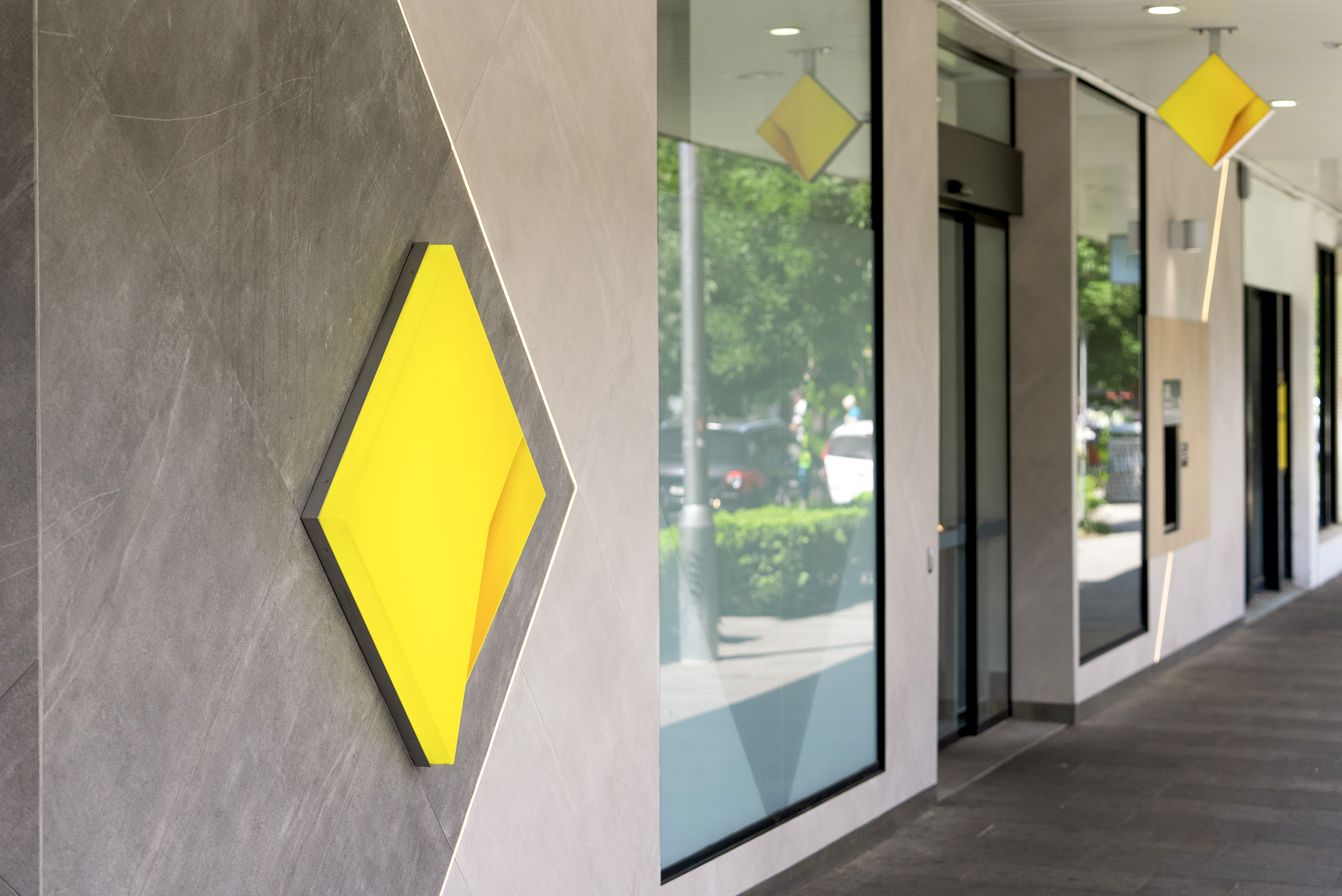Oliver Loewenthal is an aerospace engineering graduate, and said it’s not uncommon for an aerospace engineer to follow a path to the Navy.
“Air is actually a fluid, and so for the structural analysis of, for example, holes or stability and control of ships and propulsion, there is definitely a large amount of technical skill overlap,” he said.
“Many universities have stopped offering naval architecture, so with a drought of architects, Navy has been sourcing aerospace engineers in graduate cohorts.”
Mr Loewenthal is a part of the Navy Civilian Engineer Development Program – a three-year, six rotation Defence graduate program run out of the Directorate of Navy Engineering.
One of the six rotations can be external to Navy, but still within Defence, which led Mr Loewenthal to the Defence Science and Technology Group (DSTG).
“I’ve moved down from Sydney for six months to Fishermans Bend to work with the aerodynamics team, and to help manage the wind tunnels,” he said.
Mr Loewenthal has been working with engineers to use models for experimentation work, helping to mount and adjust platform models in the wind tunnels.
Models are mounted in the tunnel on a metal rod, called a sting, which connects to the centre of the model from the rear.
The sting attaches to the model with a sensitive balance of strain gauges, which measure the reaction forces on the craft when the wind is turned on.
The results can be interpreted to predict the forces on full-scale platforms performing the same manoeuvres in a real-world environment.
DSTG’s low-speed wind tunnel fan is four metres in diameter, and spins at 750 revolutions per minute.
Inside it, a model can be made to pitch up and down, move vertically up and down, and roll side to side.
Mr Loewenthal said there was a lot he learned at university that is coming into use now.
“I’m lucky enough to be using concepts of aerodynamics and fluid flow, and it’s really good to see it all unfolding in the wind tunnels,” he said.








